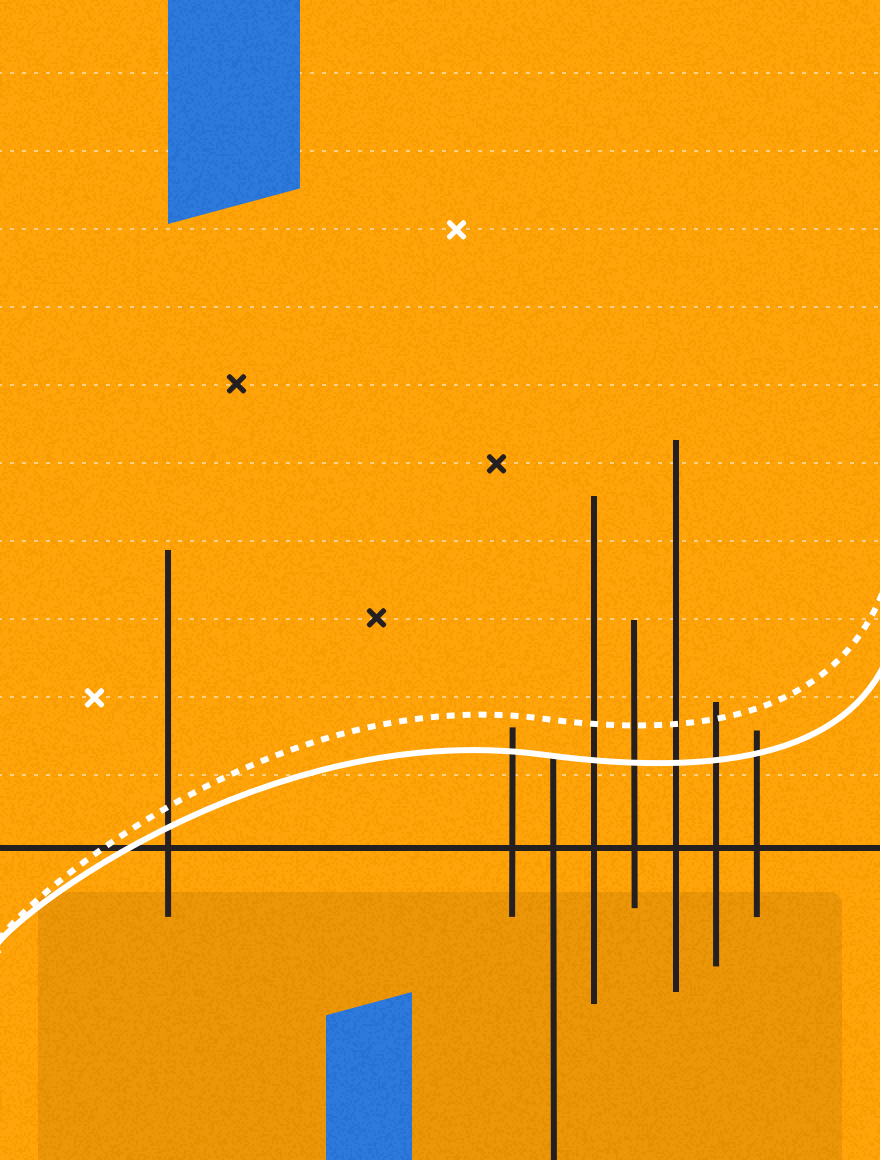 Chris Moritz tackles Titanic-size tasks. As the interactive content strategist for the firm Campbell Ewald, he works with clients like the United States Navy, OnStar, and the United States Postal Service. Sure, landing clients of this caliber are big scores for any agency, but they also require a patient approach.
Chris Moritz tackles Titanic-size tasks. As the interactive content strategist for the firm Campbell Ewald, he works with clients like the United States Navy, OnStar, and the United States Postal Service. Sure, landing clients of this caliber are big scores for any agency, but they also require a patient approach.
“Large companies have unique challenges when shifting how they do business and market,” says Moritz. “It’s usually not upper management or foot soldiers that cause friction; it’s internecine strife within middle management. They don’t want to stick their necks out.”
And therein lies Moritz’s greatest test: In order for content to be compelling and inspire engagement, the content creators must take risks.
Moritz jumps into content marketing operations at various stages of development, often after they’ve already begun producing content that’s not “working.” Most times, he says, the client has “loosey goosey” objectives: “How do we do better?” and “We want people to know about us” are typical refrains.
So Moritz begins with solution-based planning that develops from understanding the brand—what is the brand’s character? what is its value proposition?—then moves along to answering what customers need to know before a purchase.
Whether his end goal is recruiting leads for the U.S. Navy or reducing volume at customer-service call centers, the content must be worth a reader’s time.
“Attention is a gift and must be treated accordingly,” he says. “Producing content because you want my business is not a good enough reason. There’s not enough time in the day for what I’m personally into.”
We recently spoke with Moritz, a former English major-turned-self-taught web developer and content marketer, to find out what digital tools he considers essential, where he sees content marketing in five years, how he gauges content value, and more.
How he measures:
Conversion, engagement, and velocity
“Is the preferred action taking place (purchase, lead generated, item downloaded, etc.)? Is precious time being spent on the item (usage, commenting, configuring, repeat usage)? Is the item enjoying network effects among the target populations (shares, retweets, mentions, cultural resonance)?
“The weasel answer is that it depends on the communication goal, but what I’ve laid out here represents a decent stab at the range of general metrics you could apply that can be more or less directly attributed. If we manage to get everyone chipped, Matrix-style, with cognitive read-outs, maybe we could add amygdala- and hippocampus-activity spikes, but that’s probably a ways off, outside of laboratory environments.”
What he loves to create:
Infographics.
“I’ve enjoyed a great deal of success in delivering concepts in graphic form. Delivering an idea verbally is one thing: It’s easy enough to impress someone in a stand-up presentation; much more meaningful to provide a simple, clear visualization that the audience can use to re-create that presentation moment days and weeks later.”
His tech essentials:
“Professionally, it’s gotta be Keynote. I spend a disproportionate amount of my day developing presentations, so I’d rather rely on software that works the way I expect and gets out of my way. Unlike, say, certain other, comparable products. Personally, I can’t get enough of Alien Blue, Instapaper, and Reeder.”
His advice for other content professionals:
“Be patient, be committed, and don’t expect a healthy return on investment too soon. Investing in content marketing programs isn’t like flipping a house or playing at a high-stakes poker table. In your own personal life, you’ve got a 401K, right? Well, why?
“Couldn’t you use liquid assets more in the short term? Who has time to think about the returns you’ll enjoy decades from now? See, the notion of compound interest and dedicating a certain percentage of your earnings to long-term investments makes intuitive sense in one context but somehow is hard to compute in others.
“The other big issue to tackle is internal processes. Pulling off a robust, integrated, comprehensive content strategy requires a simultaneous demarcation and generalization of authority for creation, formatting, storage, publication, and governance of content. This inevitably entails stepping on toes, crossing unspoken boundaries, and making specific what is often transmitted by osmosis and bitter experience. When’s the last time that you created a RACI chart for your organization? You’ll be surprised how hard and how fruitful the creation of this simple spreadsheet can be.”
His information diet:
“I spend most of my information diet in Zuckerberg’s kingdom [Facebook]. Family, friends, co-workers, luminaries and media properties—everyone seems to be stuck in that particular gravity-well. I wish I could be more loyal to Twitter. I find it difficult to ever turn the fire hose off; the signal to noise ratio is far too low. Stowing away my full feed of people in Hootsuite in favor of lists helps, as does using Buffer to load in updates when I’m reading something. That said, when I have the time and inclination to dig in, I always find something awesome.
“Maybe it’s old-fashioned, what with the “worthwhile content will find me” ethos, but I still get the majority of my intel from my RSS feeds [via Google Reader and Reeder]. I’ve managed over the years to cull down my once-absurd OPML feed to a set of essentials, though I’m still mourning the passing of PostRank, which always made it easier to burn through a ton of unread items after a few days away.
“I migrated to Reddit from Digg after the v4 debacle and haven’t looked back since. I’m subscribed to about two dozen subreddits and am familiar with entirely too many in-jokes and references. The Grey Lady is still tops in my book. HuffPo’s become damn-near unreadable in the last year. I subscribe to a number of YouTube channels, but my morning shower-shave-teethbrushing routine just wouldn’t be the same without The Young Turks.
“Downcast is my favorite podcasting app. Though I sure have more episodes than I’ll ever likely get to, I do have a set of can’t-miss shows that make my commutes a little more erudite and refined.”
Where he thinks brand journalism will be five years from now:
“Five years from now? That’ll be an amazing time to be anyone even remotely associated with the field of brand journalism. In my experience, the need for quality, relevant, brand-appropriate content vastly outstrips the supply of qualified professionals. This presents a clear gap that needs to be filled; those who are in a position to do so will reap the benefits and responsibility of developing the next generation of talent needed to scale their efforts accordingly.
“The short and long of it is that it’s a great time to be a journalism student, provided you don’t expect to actually work in journalism.”
